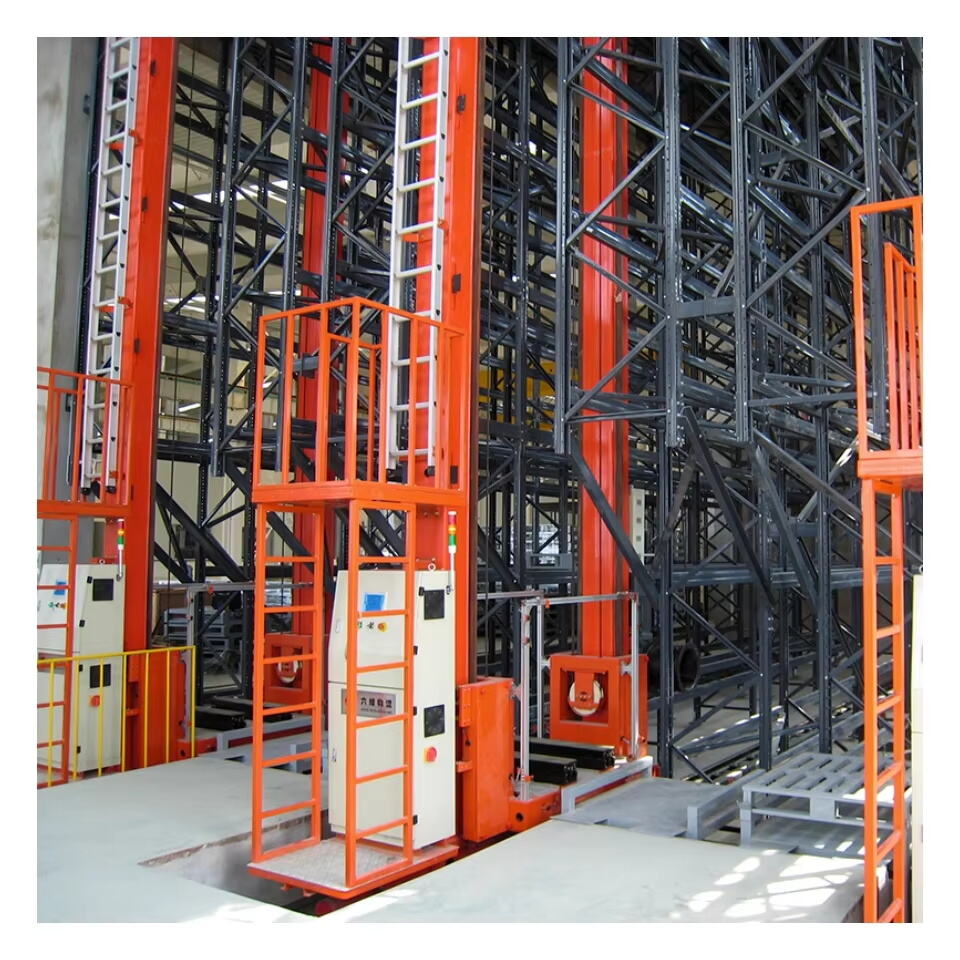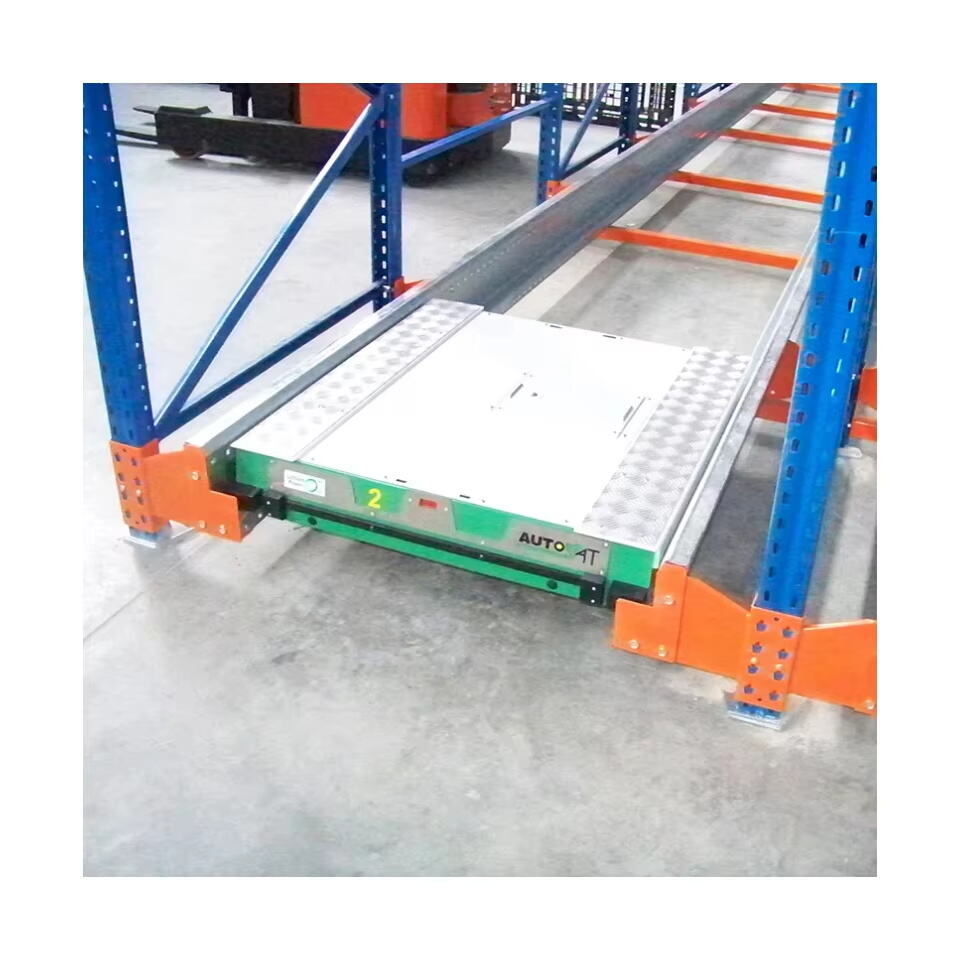Understanding the Power of Drive In Racking Systems
Warehouse storage solutions continue to evolve as businesses seek to maximize their available space while maintaining operational efficiency. Drive in racking has emerged as a compelling solution for companies requiring high-density storage capabilities. This innovative storage system allows forklifts to drive directly into the rack structure, enabling dense storage of similar products and maximizing vertical space utilization.
The concept behind drive in racking is remarkably straightforward yet incredibly effective. Unlike traditional selective racking where each pallet has its own access point, drive in racking creates deep lanes of storage that can accommodate multiple pallets deep. This design principle allows warehouses to store up to 75% more pallets compared to conventional racking systems.
Core Benefits of Drive In Racking Solutions
Space Optimization and Storage Density
The primary advantage of drive in racking lies in its exceptional space utilization capabilities. By eliminating the need for multiple access aisles, this system can significantly increase storage density within the same footprint. Warehouses can typically achieve storage densities of up to 85% of the available space, compared to around 45% with traditional selective racking systems.
This increased storage capacity proves particularly valuable in cold storage facilities, where maintaining temperature-controlled space comes at a premium. The ability to maximize cubic space usage directly translates to reduced operating costs per pallet stored.
Cost-Effective Storage Solution
When evaluated from a cost perspective, drive in racking presents compelling advantages. The initial investment might be higher than basic selective racking, but the increased storage capacity often results in a lower cost per pallet position. This becomes especially relevant in facilities with high real estate costs or limited expansion possibilities.
Additionally, the system's ability to accommodate bulk storage of similar products reduces the need for multiple storage locations, streamlining inventory management and reducing associated labor costs.

Operational Considerations and Best Practices
Inventory Management Strategies
Successful implementation of drive in racking requires careful consideration of inventory management practices. The system works best with a Last-In-First-Out (LIFO) inventory management approach, making it ideal for products with consistent turnover rates and similar expiration dates.
Warehouses must carefully plan their product placement strategy, ensuring that items with similar characteristics and rotation patterns are grouped together. This organization helps maintain efficient operations and prevents potential bottlenecks in the picking process.
Safety and Maintenance Protocols
While drive in racking offers substantial benefits, proper safety measures are crucial for optimal operation. Regular inspection and maintenance of guide rails, support arms, and structural components help prevent damage and ensure safe operation. Training forklift operators specifically for drive in racking operation is essential, as the system requires precise maneuvering within the rack structure.
Implementing robust safety protocols, including regular structural inspections and clear operational guidelines, helps maintain system integrity and worker safety. This proactive approach to maintenance can significantly extend the system's lifespan while minimizing operational disruptions.
Industry Applications and Success Scenarios
Cold Storage and Food Distribution
The food and beverage industry has particularly benefited from drive in racking systems. Cold storage facilities, where space comes at a premium due to high construction and operating costs, can maximize their storage capacity while maintaining proper temperature control. This efficiency is crucial for managing perishable goods and maintaining proper cold chain management.
Multiple success stories showcase how food distributors have achieved significant cost savings and improved inventory management through strategic implementation of drive in racking solutions.
Manufacturing and Distribution Centers
Manufacturing facilities and distribution centers handling large quantities of homogeneous products find drive in racking particularly advantageous. The system's ability to accommodate bulk storage of similar items aligns perfectly with production output storage needs and distribution requirements.
These facilities often report improved space utilization rates exceeding 80% and significant reductions in product handling time when compared to traditional storage methods.
Future Trends and Innovations
Automation Integration Possibilities
The future of drive in racking looks promising as warehouse automation technologies continue to evolve. Integration with automated guided vehicles (AGVs) and robotic systems is becoming increasingly common, offering potential for even greater operational efficiency and reduced labor costs.
Advanced warehouse management systems are being developed to optimize product placement and movement within drive in racking structures, further enhancing the system's effectiveness and reducing the likelihood of damage or errors.
Sustainable Storage Solutions
Environmental considerations are driving innovations in racking system design and materials. Modern drive in racking systems are being developed with recyclable materials and energy-efficient configurations, aligning with growing corporate sustainability initiatives.
The high-density storage capability inherently supports environmental goals by reducing the overall facility footprint and associated energy consumption for climate control and lighting.
Frequently Asked Questions
What types of products are best suited for drive in racking?
Drive in racking is ideal for homogeneous products with similar dimensions and weights, particularly those with consistent turnover rates. It works best for items that can be stored in bulk quantities and don't require frequent rotation or first-in-first-out (FIFO) picking protocols.
How does drive in racking compare to drive through racking?
While drive in racking allows access from one end using a LIFO system, drive through racking enables access from both ends, facilitating FIFO inventory management. Drive through systems offer more flexibility but require additional space for access aisles on both ends.
What maintenance requirements should be considered?
Regular maintenance includes inspecting structural components, guide rails, and support arms for damage or wear. It's recommended to conduct quarterly inspections and implement a preventive maintenance program to ensure safe operation and extend the system's lifespan.

